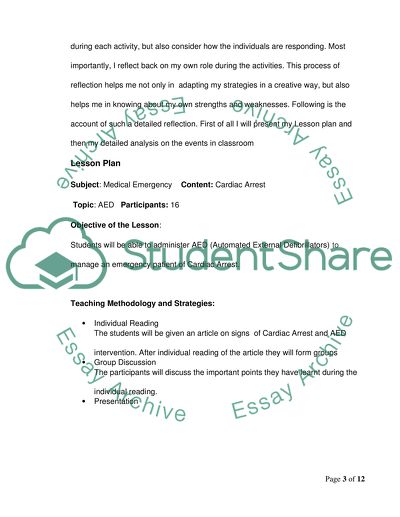Cite this document
(“Teaching and learning in practice Essay Example | Topics and Well Written Essays - 2000 words”, n.d.)
Retrieved from https://studentshare.org/environmental-studies/1420547-teaching-and-learning-in-practice
Retrieved from https://studentshare.org/environmental-studies/1420547-teaching-and-learning-in-practice
(Teaching and Learning in Practice Essay Example | Topics and Well Written Essays - 2000 Words)
https://studentshare.org/environmental-studies/1420547-teaching-and-learning-in-practice.
https://studentshare.org/environmental-studies/1420547-teaching-and-learning-in-practice.
“Teaching and Learning in Practice Essay Example | Topics and Well Written Essays - 2000 Words”, n.d. https://studentshare.org/environmental-studies/1420547-teaching-and-learning-in-practice.


